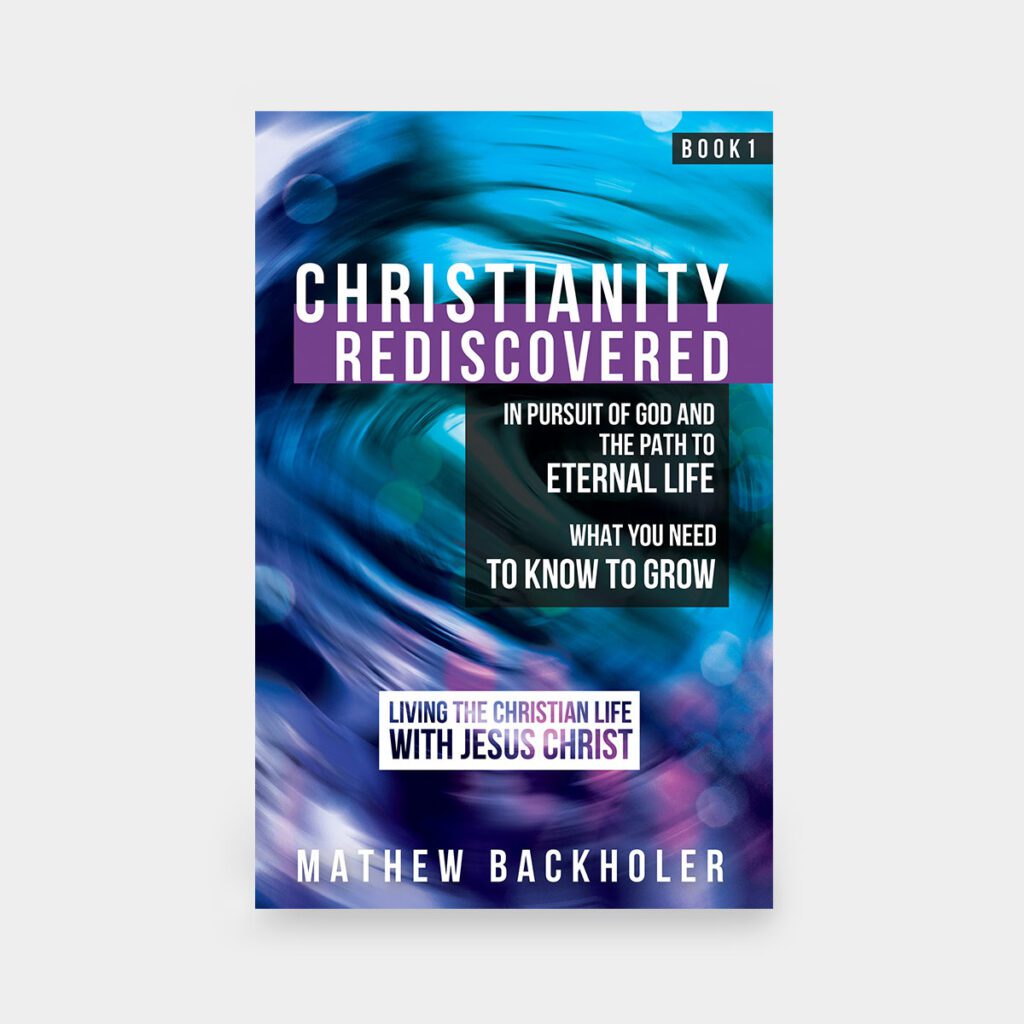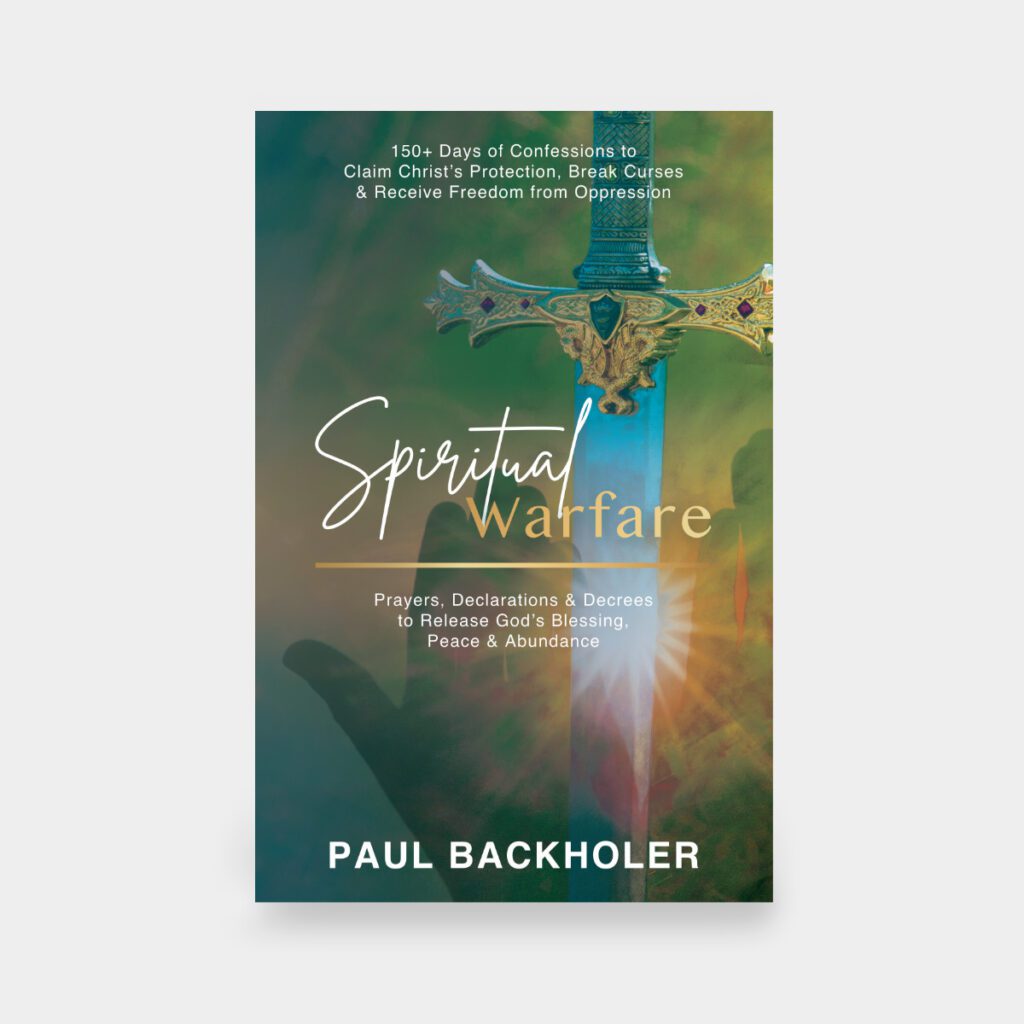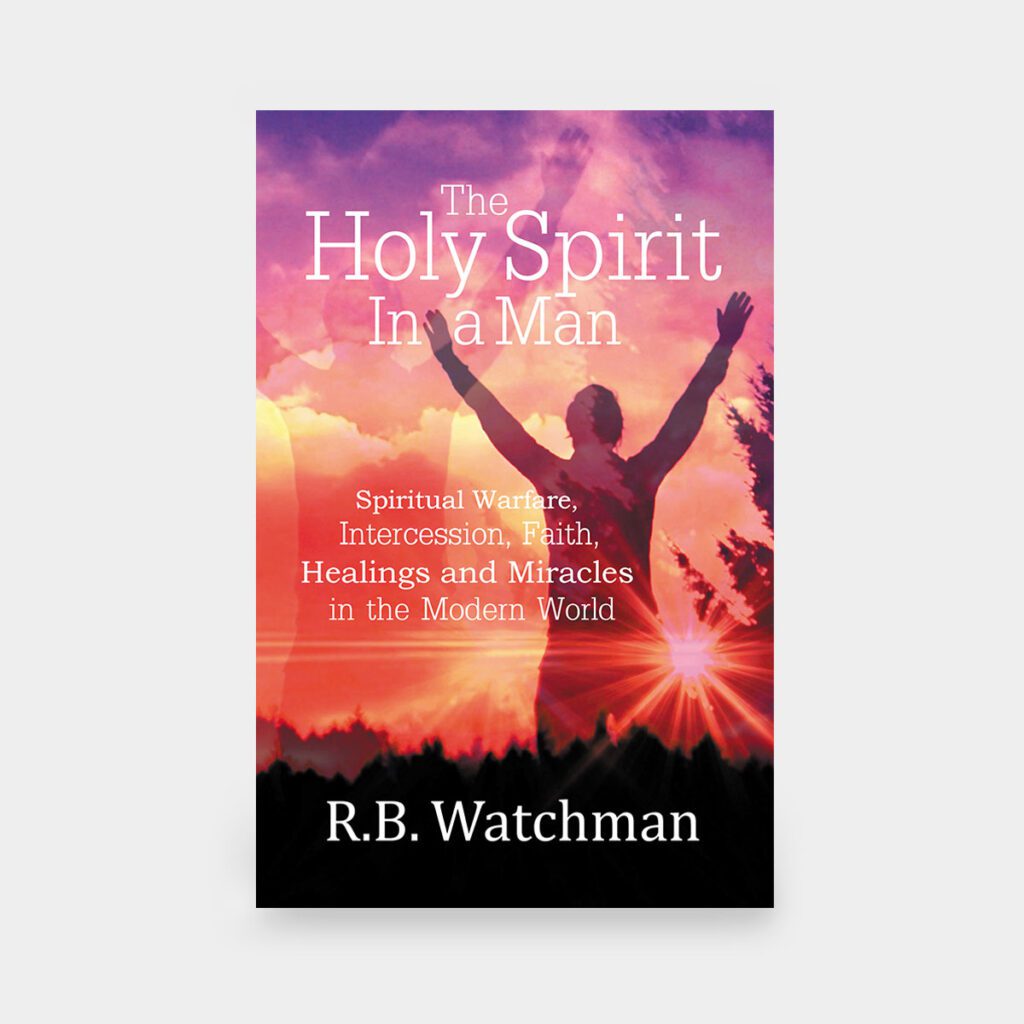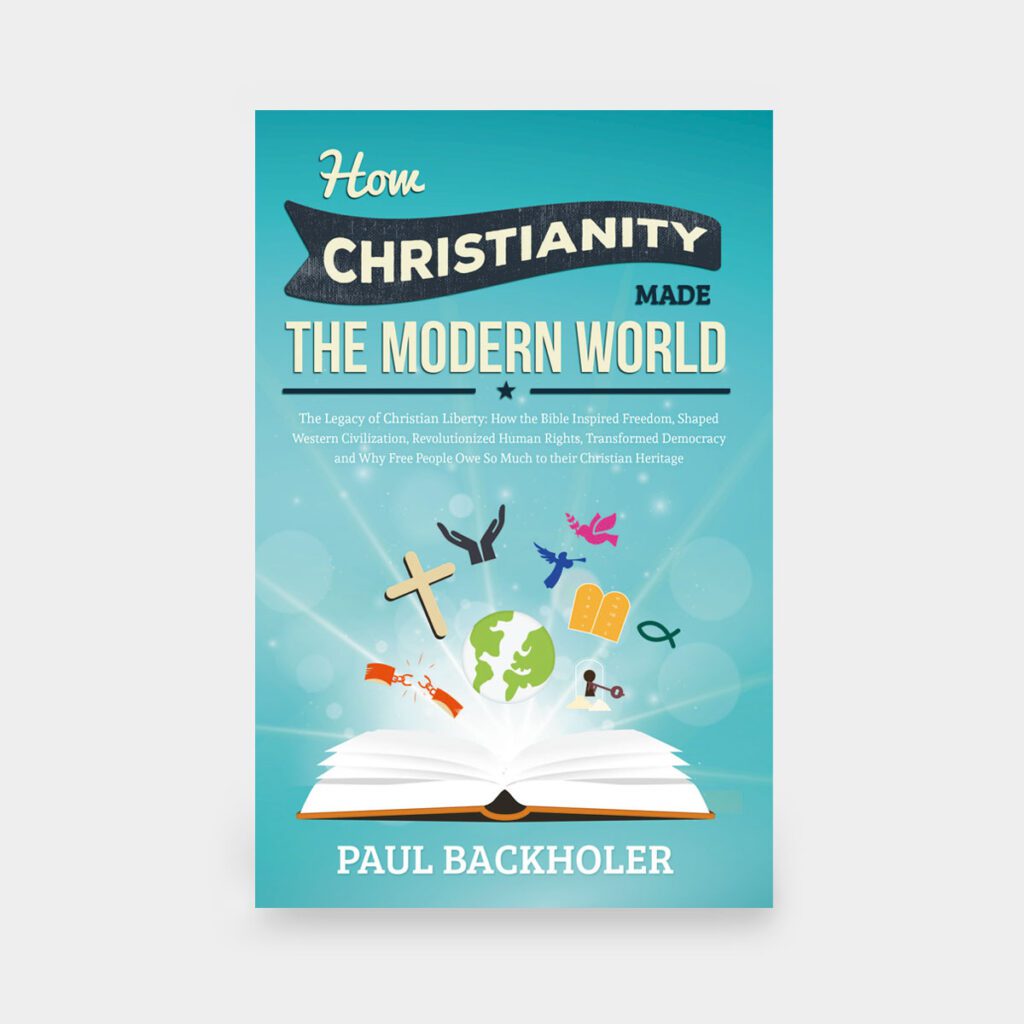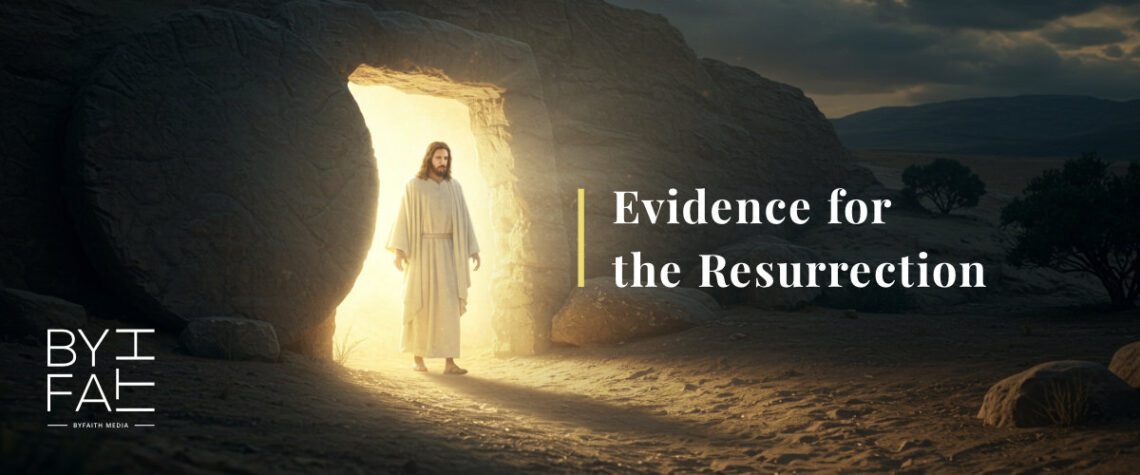
Evidence For Jesus’ Resurrection
The evidence for the resurrection of Jesus is a topic that has been debated for centuries, blending historical analysis, theological interpretation and philosophical considerations. From a historical perspective, the primary evidence comes from the New Testament writings, particularly the Gospels (Matthew, Mark, Luke and John), the Acts of the Apostles, and the letters of Paul, alongside some external references from non-Christian sources. The Apostle Paul’s conviction of the resurrection was so profound that he asserted the entire Christian faith would be rendered futile without it.
If there is no resurrection of the dead, then not even Christ has been raised. And if Christ has not been raised, our preaching is useless and so is your faith
– 1 Corinthians 15:13-15
The Testimony of Women
All four Gospels report that after Jesus’ crucifixion, His tomb was found empty by women followers on the third day (Mark 16:1-6, John 20:1-9). This is significant because the burial of Jesus in a tomb belonging to Joseph of Arimathea, a member of the Jewish Sanhedrin, is considered historically plausible by many scholars due to its specificity and the unlikelihood of it being invented. The discovery by women is notable because, in first-century Jewish culture, women’s testimony was not highly regarded, suggesting the story wasn’t fabricated for persuasive effect. The opposite is more likely.
Post-Resurrection Appearances and Testimonies
The New Testament records multiple appearances of Jesus after his death, to individuals like Mary Magdalene (John 20:11-18), to the disciples (Luke 24:36-49), and even to a group of over 500 people at once, written by Paul around AD 55. Paul notes that many of these witnesses were still alive, implying they could be questioned by his readers and initially, it was first-hand testimony of the resurrection that led to the spread of Christianity.
He appeared to more than five hundred of the brothers and sisters at the same time, most of whom are still living
– 1 Corinthians 15:6
Transformation of the Disciples
Before the resurrection, the disciples are depicted as fearful and scattered after Jesus’ arrest and crucifixion (Mark 14:50). Post-resurrection, they become bold proclaimers of the event, willing to die for their belief. This dramatic shift is evidence that they experienced something extraordinary, like encountering the risen Jesus. For example, Peter, who denied Jesus three times (Luke 22:54-62), later preached publicly about the resurrection (Acts 2) and, according to tradition, was crucified upside down for his faith.
A Pharisee Becomes A Christian
The resurrection was a central claim of the earliest Christian preaching, as seen in Paul’s letters (1 Corinthians 15:3-8), written within 20-25 years of Jesus’ death. This suggests the belief emerged very early, not as a later legend, as some claim. Paul himself, originally a persecutor of Christians (Acts 9:1-2), converted after claiming to have seen the risen Jesus (Acts 9:3-6). His radical change from sceptic to apostle is compelling evidence.
External Corroboration
Non-Christian sources from the first and second centuries, like the Jewish historian Josephus (Antiquities 18.3.3, though partly disputed) and the Roman historian Tacitus (Annals 15.44), confirm Jesus’ execution under Pontius Pilate and the rapid growth of Christianity. The lack of a counter-narrative from Jewish or Roman authorities about the body’s whereabouts (producing it to disprove the claim) is sometimes noted as indirect evidence.
Against Judaism
The idea of a single individual resurrecting before a general end-time resurrection was not a standard Jewish expectation, making it unlikely the disciples invented the story to fit existing beliefs. They were likely to alienate Jewish leaders with their belief in Christ’s resurrection, rather than convert them, and this is what happened. This uniqueness suggests it stemmed from an unexpected event rather than theological creativity.
The Son of God
The concept of a Divine Son, let alone one who would suffer, die and resurrect, clashed dramatically with prevailing Jewish theology during the Second Temple Period. Jewish messianic expectations primarily centred on a human king who would restore Israel, not a Divine being who would undergo a sacrificial death. This divergence highlights a significant point. The core tenets of early Christianity, particularly those concerning Jesus’ Divine Sonship and atoning sacrifice, were not simply extensions of existing Jewish beliefs. Rather, they represented a radical departure, strongly indicating that something distinctly new had emerged within that historical context. It’s not easy to challenge the establishment!
For to us a child is born,
– Isaiah 9:6
to us a Son is given,
and the government will be on his shoulders.
And He will be called
Wonderful Counselor, Mighty God,
Everlasting Father, Prince of Peace
Jesus’ disciples, after their transformative experiences with Him, came to understand that their fellow Jews had fundamentally misconstrued the messianic prophecies. They argued that the prevailing expectation of a conquering, earthly king blinded many to the Scripture’s deeper, spiritual truths. They asserted that the Old Testament, far from being monolithic, contained numerous passages hinting at a Trinitarian God, a concept they saw fulfilled in the revelation of Father, Son and Holy Spirit. They believed that these overlooked complexities within the Hebrew Bible revealed that the Messiah’s role was not political within their lifetime, but also Divine and redemptive, a truth they found manifest in Jesus.
The Old Testament reveals the Trinity through many verses: Genesis 1:26, Genesis 3:22, Psalm 2:7, Proverbs 30:4, Psalm 33:6, Isaiah 6:8, Psalm 89:26-27, Psalm 110:1, Isaiah 7:14, Micah 5:2, Isaiah 9:6, Isaiah 48:16, Isaiah 53:4-6, Isaiah 53:7, Isaiah 53:8-10, Isaiah 53:11, Isaiah 53:12, Daniel 7:13-14
Just as the ancient Israelites repeatedly disregarded and even persecuted the prophets sent by God, so the disciples expected many would reject Messiah, Jesus. The prophets, figures like Jeremiah and Isaiah, often delivered messages that challenged the prevailing religious and political norms, leading to their ostracisation. Similarly, Jesus, in His teachings and actions, confronted the established authorities and interpretations of Jewish law, resulting in His rejection and ultimately, His crucifixion. This pattern highlights a recurring theme in biblical history: the tendency of people to resist Divine revelation when it contradicts their preconceived notions, whether it came through the prophets or the Messiah Himself.
Persecution of Early Christians
Early Christians faced severe persecution, particularly under Roman authorities, for their refusal to compromise on their belief in Jesus’ resurrection and Divinity. A notable example of a small compromise that could have saved them involves the Roman practice of emperor worship. In the Roman Empire, citizens were often required to offer a pinch of incense and declare “Caesar is Lord” as a sign of loyalty. This was more a political act than a deeply religious one for many. However, early Christians, staunchly monotheistic and devoted to Jesus as the risen Lord, refused to say this, insisting “Jesus is Lord” instead (Romans 10:9). This refusal was seen as treasonous, leading to imprisonment, torture and execution.
It also forced all people, great and small, rich and poor, free and slave, to receive a mark on their right hands or on their foreheads, so that they could not buy or sell unless they had the mark, which is the name of the beast or the number of its name
– Revelation 13:15-16
Historical accounts, like the martyrdom of Polycarp (c. AD 155), show him rejecting this compromise, saying, “Eighty-six years I have served Christ and He has done me no wrong. How can I blaspheme my King who saved me?” He was burned alive.
Had early Christians simply performed this ritual while privately maintaining their faith, they could have avoided death, but their faith in the resurrected Jesus forbade them. The Roman state cared little about private beliefs as long as public loyalty was shown. Yet, their unwavering public testimony to the resurrection suggests they were convinced of its truth beyond mere ideology and were willing to pay with their lives.
- Why Scientists Think God Could Exist
- Abolishing Childhood, The Age of Innocence
- Is Being Woke Christian or Antichrist?
- Homosexuality and the Collapse of Society
- What Has Gone Wrong with the West?
- What is a Woman? And why it Matters
- Stock Market Crash – The Everything Bubble
- Electric Vehicles are not Eco-Friendly
- Climate Activists and Tantrums
- Climate Change Hypocrisy!
- Reparations Have Been Paid For Slavery
- How Civilisations Collapse, the West
- Jordan Peterson and the Quest for a Mentor
- Why Believing in God Makes Sense
- Can Boys Become Girls? Gender Dysphoria
- Borders are Good! The Bible, Immigration
- The Forgotten White Slaves of History
- Cancel Culture and Faith: Is Woke Broke?
- The Collapse of the United States
- Make 1984 Fiction Again: George Orwell, 666
- Why is the Church in Decline in Britain?
- BBC Bias and its Christian Foundation
- Christianity and Art
- Christianity and Culture
- Christian Book Reviews
- Can we Trust Scientists
Reflection and Sceptics
The evidence for the resurrection hinges on the empty tomb, appearances, transformed lives, the willingness to die for their belief, the transformation from Judaism and rapid spread of the faith with persecution, against alternative explanations (e.g. stolen body, hallucinations or myth-making).
Some sceptics argue that there were mass hallucinations caused by grief, as they were moved by cognitive dissonance. But the disciples’ willingness to die rather than recant, points to something extraordinary. The refusal to compromise, even at the cost of their lives, underscores their conviction.
Vivid Sensory Experiences
Religious experiences, like visions of the resurrected Jesus, are often deeply transformative, consistent across individuals and accompanied by specific details that resist reduction to mere psychological mechanisms like grief or cognitive dissonance. Grief, while powerful, typically manifests as longing, sadness, or memory-driven hallucinations, emotional responses rooted in loss. Meanwhile, cognitive dissonance, the discomfort from holding conflicting beliefs, might motivate someone to rationalise or reinterpret events, but it doesn’t naturally produce vivid, sensory experiences that reshape a person’s worldview.
Then Jesus said to Thomas, “Put your finger here; see My hands. Reach out your hand and put it into My side. Stop doubting and believe”
– John 20:27
Take the case of the apostles in Christian tradition. After Jesus’ crucifixion, they were reportedly devastated, fearful and scattered, hardly in a state primed for wishful thinking. Yet, accounts in the New Testament (1 Corinthians 15:3-8) describe multiple, simultaneous encounters with the risen Christ, often in group settings, with specific interactions, such as eating food with the resurrected Jesus or Thomas touching Christ’s wounds. The Gospel writers included people’s doubt and how they overcame it.
Grief and Hallucinations
Grief might explain a fleeting, solitary hallucination, but it strains credulity to suggest it caused detailed, shared experiences across dozens of people over weeks. Studies on bereavement hallucinations, like those from Rees W.D. (Hallucinations, British Medical Journal, 1971), show they’re typically vague, auditory, or fleeting, not multi-sensory or communal. Cognitive dissonance also falls short.
We had hoped that He was the one who was going to redeem Israel. And what is more, it is the third day since all this took place
– Luke 24:21
The apostles didn’t just adjust their beliefs to ease tension; they abandoned deeply held Jewish expectations of a triumphant Messiah for a radically new theology of a crucified and risen one, against their cultural grain. If dissonance were the driver, they’d likely have concocted a less disruptive narrative, not one that invited persecution. Psychological research, like Leon Festinger’s work on dissonance (1957), shows people rationalise to preserve existing beliefs, not invent revolutionary ones under stress. Moreover, the specificity and consistency of these experiences, across time, place, and witnesses, suggest something beyond internal psychology.
Mass Hysteria
Sceptics might point to mass hysteria, but that requires a charged, expectant crowd, not the demoralised disciples hiding in an upper room. Grief and dissonance alone can’t account for their richness, coherence, and life-altering impact. Something else, supernatural, seems to be at play.
A Different Viewpoint
The diverse perspectives found within the Gospel accounts, far from undermining their credibility, actually strengthen their reliability as historical documents. Eyewitness testimony, as demonstrated by cognitive psychology research, inherently involves variations in recall and focus. These differences, rather than indicating fabrication, reflect the natural nuances of human perception. Research by Elizabeth Loftus (Eyewitness Testimony, 1974) on memory demonstrates how factors like stress, attention and post-event information can influence recall. Just as multiple eyewitnesses to a car accident will offer differing, yet complementary, accounts, the Gospels present a multifaceted view of Jesus’ life and ministry.
Believe in the Lord Jesus, and you will be saved
– Acts 16:31
Law enforcement officers receive specialised training to identify patterns in multiple testimonies that suggest fabrication or collusion, when accounts appear overly rehearsed or scripted, rather than naturally varied recollections of an event. Each Gospel writer, focusing on distinct themes and details, contributes to a richer, more complete picture. The presence of these variations, alongside a core consistency in the major events, suggests independent, authentic accounts, thereby reinforcing the Gospels’ credibility as records of real historical events.
What are often viewed as contradictions in the Gospels are better understood as signs of their authentic, independent sources
Those perceived contradictions within the Gospels are, in fact, indicators of their genuine nature. The disciples’ diverse experiences during the death and resurrection of Jesus naturally led to slightly varying testimonies. Consider the emotional turmoil they faced: shock, grief, and confusion. In such a heightened state, individual perception becomes highly selective. For instance, at the empty tomb, John, being younger and perhaps more agile, might have reached the tomb first and focused on the linen cloths lying there, while Peter, arriving later, might have emphasised the empty space itself. Similarly, during Jesus’ resurrected appearances, some disciples might have been more attuned to His physical presence, focusing on the wounds, while others, still grappling with disbelief, might have emphasised His words and teachings.
In a fabricated account, any detail contradicting the intended narrative would be meticulously eliminated and this is not the case in the Gospels
In the chaos of these events, one disciple might have overheard a specific phrase from Jesus, a comforting word that resonated deeply with their personal struggles, while others were preoccupied with a different aspect of the scene. The angle from which they viewed the events, their proximity to Jesus, and their individual emotional states all contributed to their unique, albeit slightly different, recollections. These variations, rather than discrediting their testimony, reflect the natural human experience of witnessing extraordinary events from diverse perspectives.
Then Jesus told him, “Because you have seen Me, you have believed; blessed are those who have not seen and yet have believed”
– John 20:29
By Paul Backholer. Find out about Paul’s books here.

